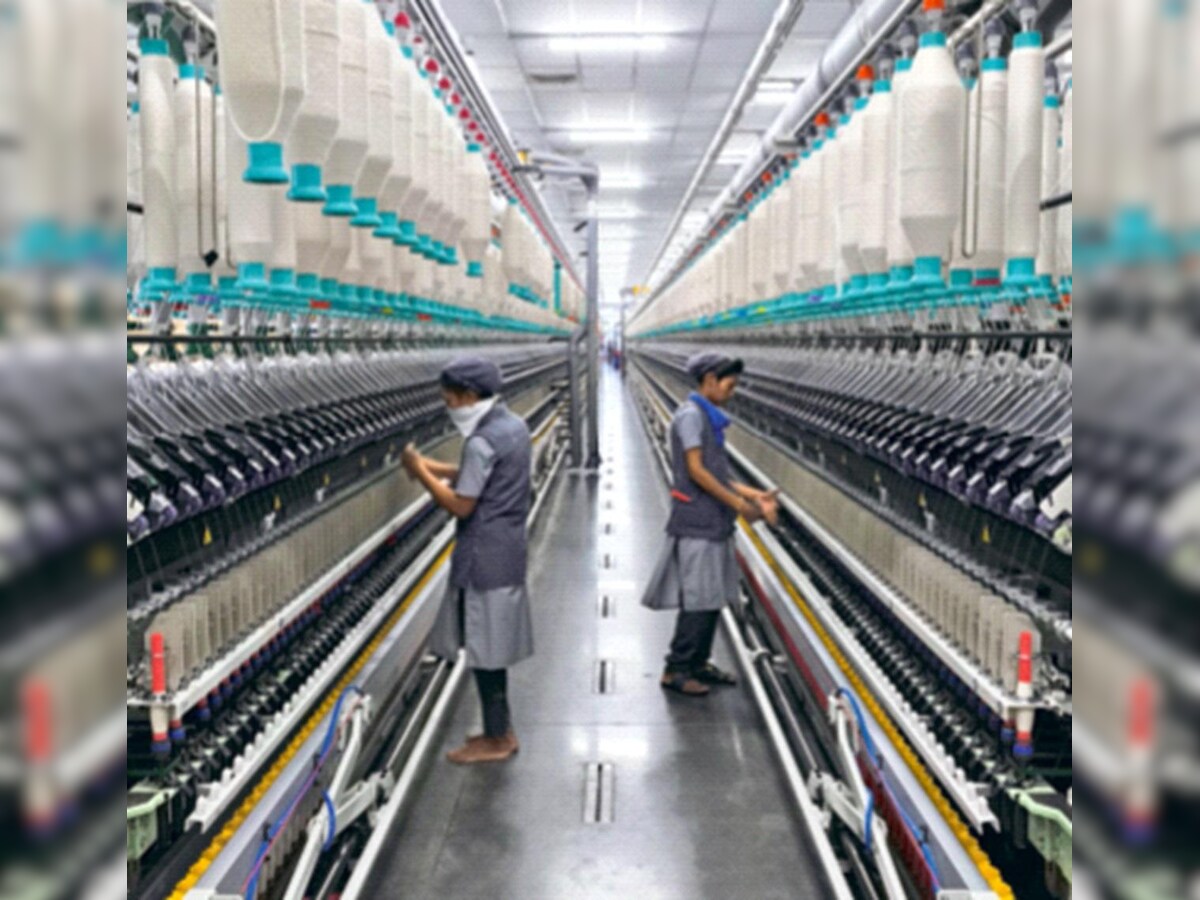As per a survey by Willis Towers Watson, automation will double over the next three years in Indian factories. Companies in the Asia Pacific region reckon that machines will account for 23 per cent of work, on average, over the next three years, compared to 13 per cent today. In India, this figure is expected to rise to almost 30 percent from 14 percent over the same period.
According to the McKinsey Global Institute, this is happening as India’s ballooning working-age population needs more jobs. Over the next decade, 138 million people will be added to the workforce, a 30 per cent rise. That India’s yarn and cloth-making industries — among the most labor-intensive in the country — have become the vanguard of automation speaks about the challenge. Textile-yarn companies had to ramp up investment on hiring and venture deep into the Indian terrain to find workers through recruitment camps, luring them with housing and attendance incentives. It even has had to pay them just to return to work after the holiday season or weddings.












